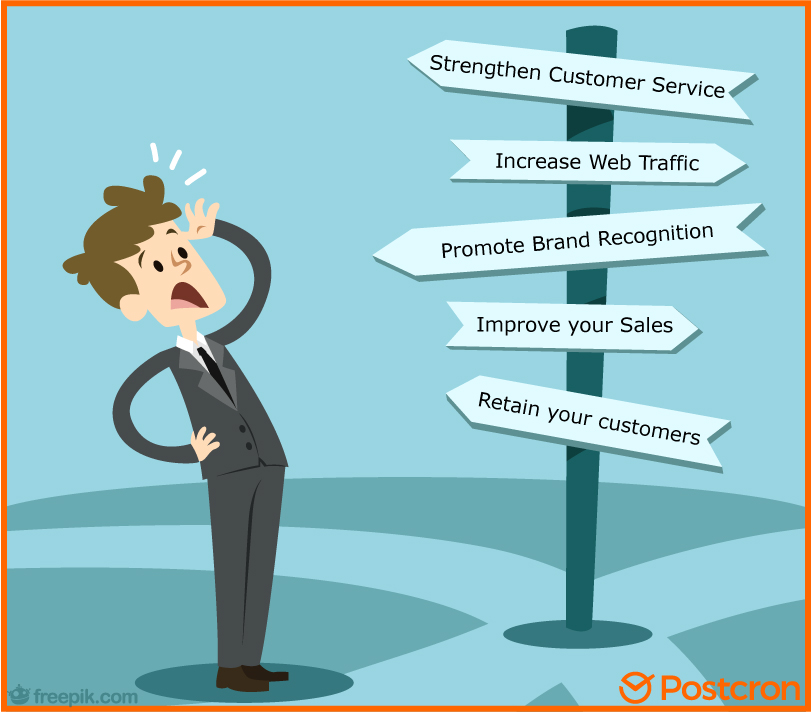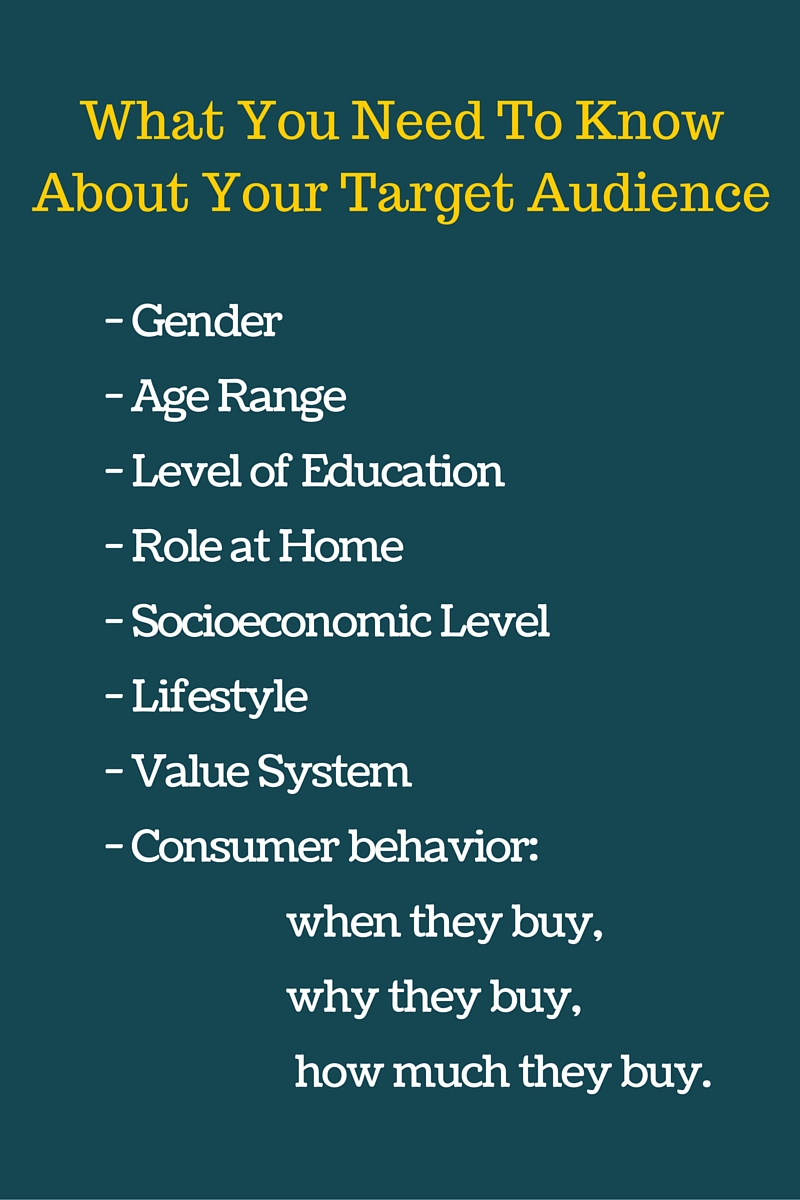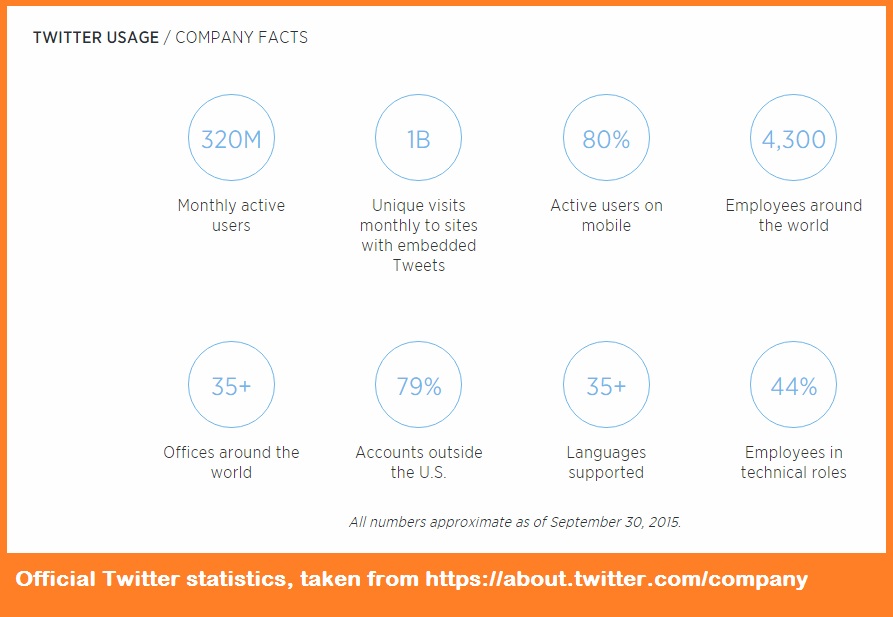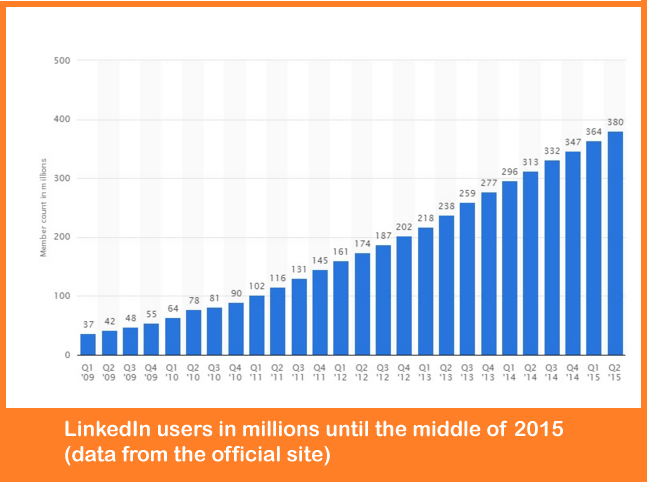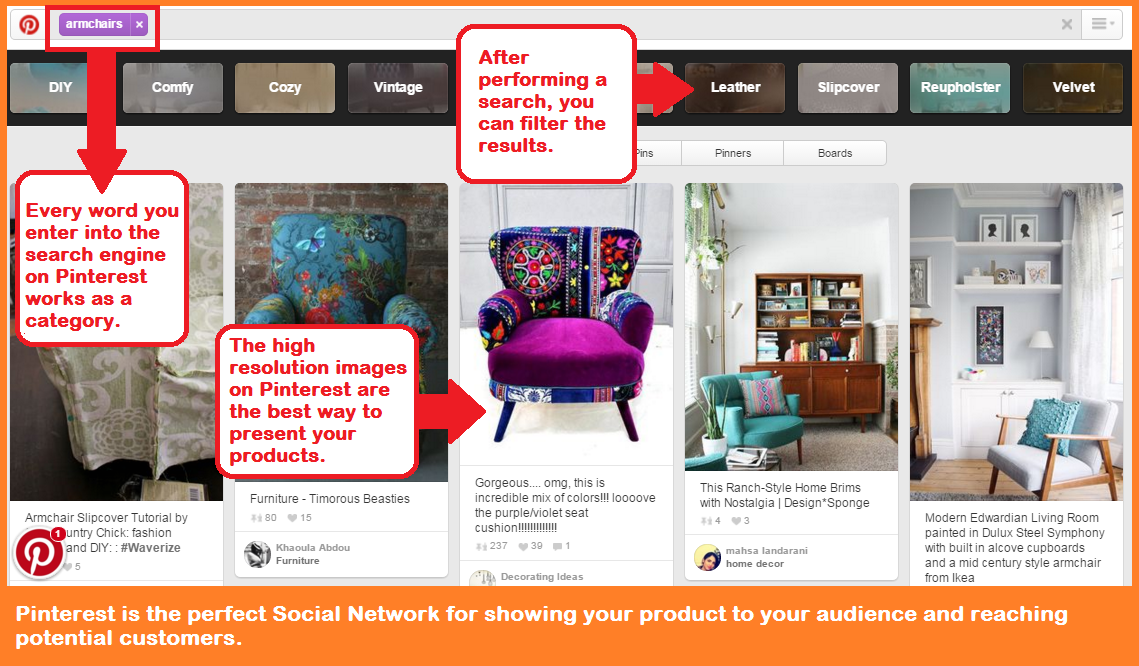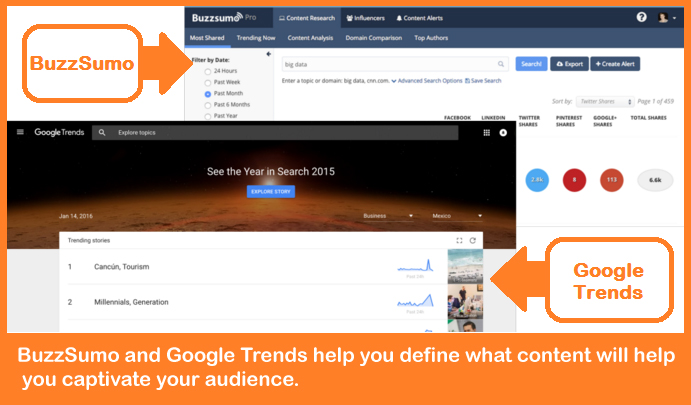
Surely you’ve heard or read how important it is for your brand to be present on social networks: your potential audiences are online and you have to go find them. A Social Media Strategy offers tons of concrete benefits for your business, which we’ll be going over in detail in this post.
But to make the most of your digital marketing efforts, you have to come up with an intelligent plan. That’s what I’ll be talking about today! We will explain how to create your Social Media Strategy step by step to obtain specific, solid advantages for your business.
Step 1: Define the objectives of your Social Media Strategy
As I mentioned above, using social networks not only helps you spread your brand’s name, but it can also be the perfect solution to fix a number of situations related to your business. In this step we talk about possible goals a Social Media Strategy can have. Then we’ll help you establish your own goals based on the needs of your company. Defining this in advance will help you channel your efforts to obtain the best results.
The objectives of your social media strategy include:
- Strengthen Customer Service: to foster loyalty within your audience, there’s nothing better than meeting their needs, and for that, social networking can help a lot. This is about your social accounts being the platform through which your company’s trained staff can respond to inquiries from customers.
- Increase Web Traffic: You can target your Social Media strategy to offer compelling content that includes links to your site. That way your social networks operate as a portal of entry for new visitors.
- Promote Brand Recognition: If this is your goal, you have to put the focus on creating quality content that reflects the identity you’d like your proposal to have. You must also connect with influential users and influencers, in order to extend the reach of your message to your target audience.
- Improve your Sales: social networks can also function as a space to attract people to your products. To do this, try combining the inclusion of links in key sections of your website with publishing frequent posts (individual updates and photo albums) to present your collections and products.
- Retain your customers: Finally, your Social Media strategy may be the ideal way to maintain a relationship with your audience after a sale has been made. Sharing posts and articles that offer added value and responding to inquiries and comments will help you build a relationship with your followers. In turn, increasing the chances that they choose to stay with your brand.
Step 2: Know your target audience
Once you have defined your objectives, it’s time to identify the characteristics of your audience. Doing so is vital because it lets you know who you are directing your communications towards. Once that is understood, you’ll be able to better select the content you’ll publish because you’ll have a specific reader profile in mind.
Note that in the Purchasing Process, different parties are involved: the decision-maker (who decides what to buy), the influencer (who influences the decision of the purchase), the buyer (who pays the price) and the user (who uses the product ). There are products in which these four characters are all one person, such as when the person buys a drink for lunch. However, there are products where each party is represented by a different person, for example in the purchase of diapers: the decision maker is probably the baby’s mother, an influencer can be the pediatrician, the buyer may be the baby’s father and user is of course, the baby. So in these cases you must define at which character(s) are you going to direct your communications towards.
Once you have identified your target audience, you need to characterize it in order to make sure the information you share on social networks will generate added value to them (for example: useful information, customer service, entertainment, etc.). Your goal is to position yourself in the minds of this audience so that they choose you when purchasing. Below is a list of the data that will help you characterize your target audience:
Step 3: Perform a Social Media Audit to know your status on social networks
Once you have defined the goal(s) you want to achieve with your Social Media Strategy and have identified your target audience, it’s time to check out your brand’s current status on social media. To do this, it’s best to conduct an audit or control, that will help you know where you stand in the realm of Social Media Marketing.
To help you with this task, our team here at Postcron has created a template that will guide you through the process of Social Media Auditing with six simple steps. The steps are:
- Step 1: Enter your current social profiles into the spreadsheet.
- Step 2: Search for accounts that could be representing your brand.
- Step 3: Set a goal for each profile, making sure it aligns with your business’ objectives.
- Step 4: Check the authenticity of each of your accounts.
- Step 5: Optimize password management.
- Step 6: Define a protocol for the future management of your social networks.
Click on the image below to download a copy of the Social Media Audit spreadsheet. If this is the first time your brand is on social networks, you can skip this step. However, I advise you to start this monitoring process a few weeks or months after implementing your Social Media Strategy to make sure everything is working properly.
Step 4: Choose the best channels to focus your proposals on
After defining the objectives that you will pursue with your Social Media Strategy and you know your status on social networks, it’s time to determine the best networks for expanding the reach of your proposals. In order to select the most appropriate network to foster the growth of your business, you must know and understand the style and characteristics of each social network. So, in this section we will review some of the characteristics of the most important ones:
- Facebook: on the one hand, this network is the most important today. It has reached more than one million active users per day worldwide during the second half of 2015. For that reason, it is highly likely that your audience would be found among its members. On the other hand, this is one of the most comprehensive social networks on advertising services, as it allows you to segment the audience very effectively to maximize the effectiveness of your ads. As for your Social Media Strategy, I advise you to include Facebook in your content distribution channels. You’ll be able to capitalize on the News Section to reach your fans with your proposals, especially if your goals include Boosting Brand Recognition or Increasing Web Traffic.
- Twitter: As its slogan suggests, this social network is perfect for “joining the conversation”. There are about 350,000 tweets posted every minute from different parts of the world. That means that it is extremely likely that your brand has already been named by a #hashtag (topics), or @mentions (username citations) in that incessant avalanche of real time publications.
Because it’s so dynamic, Twitter is perfect for Strengthening Customer Service. One way is to utilize hashtags associated with frequent consultations (try to be as specific as possible, for example #planesdepagodepostcron), so you can easily find consultations. Similarly, I advise you to consult your private messages frequently to meet your customers’ concerns.
This social network is also effective for boosting your brand awareness and increasing your web traffic. However, you must produce quality content that encourages your audience to click your links and increase your CTR on Twitter.
- LinkedIn: This social network dedicated to the professional world, has 148 different industries represented by companies’ pages, in which more than 1.3 million products and services are offered. In addition, LinkedIn has over 300 million users worldwide, of which 39 million are students and recent graduates. For all these reasons, this social network is perfect for positioning your brand in the industrial sector and finding qualified employees for your business.
In addition, LinkedIn is an ideal place for the development of commercial relations of B2B type, ie, Business to Business.
Based on these reasons, I recommend including this social network in your Social Media Strategy, especially if Increasing Sales and Boosting your Brand Recognition are among your objectives.
- Pinterest: If your goal is to Increase your Sales, Pinterest is an excellent way to achieve this. As you can see in the picture below, its search engine is optimized to show users pictures of your products in high resolution that can be filtered by categories. Also, keep in mind that the audience is primarily composed of women with an 85%, making it ideal for promoting products and services to satisfy that segment of the population.
- Google+: the importance of including this network in your Social Media strategy has to do mainly with improving the SEO positioning your content. Since their developers are the same ones who develop the most widely used search engine worldwide(Google!), it’s probably a good idea to spread your proposals through this channel as well. For example, if you can have a presence on G+, when people google your brand, they will see a special box with information about your business to the right of the search results.
Step 5: Generate content that brings added value to your audience
As we’ve been saying, adding value in your content is a key aspect of your Social Media Strategy, because this is what users look at when deciding to follow you or not. So, now that you know who you’re directing your messages to, it’s time to select the content you will share through your social networks.
At this point, I recommend two tools for deciding on what topics you should talk about in your publications (beyond your regular promotional updates). We’re going to look at information based on the most shared topics and the most requested topics. One tool is BuzzSumo, an online search engine that lets you see what the most popular publications are in social networks and specific domains. The other tool is Google Trends, a Google service that informs you about what the top searches performed by users are, and what topics are trendsetters.
So, with the help of these tools you can choose topics that really interest your audience, to talk about with them on your social networks. This will help to attract readers to your content and new followers to your accounts.
Step 6: Analyze the performance of your Social Media Strategy through statistics
Finally, the last step in creating a sustainable social media strategy over time is analyzing your performance. Specifically, you should find out how much your communications impact certain social networks and which times obtain better responses from the public (and thus make sure to publish during those times). You should also analyze what types of content generate a greater number of interactions with your audience.
Each of the social networks mentioned in this article gives you the opportunity to learn statistics on the performance of its publications at certain times (to learn more about Twitter statistics, I recommend taking a look at this article about Twitter statistics that will help you get more engagement).
By accessing the metrics obtained from your various social networks, you’ll be able to determine the preferences of your audience and, in turn, optimize your posts based on that information.
Be sure to follow these 6 steps and you’ll be able to create your own Social Media Strategy successfully, then tell us all about it!
Did you like this blog post? Already using a Social Media Strategy? Tell us your experience! And please remember to share this article with all your contacts. Until next time! 😉
